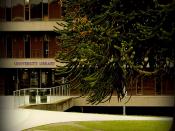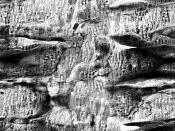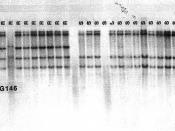�PAGE � �PAGE �1�
Culture and Genetics Relationship
Culture and Genetics Relationship
Historians have discussed many dimensions of the post-war molecularization of the life sciences. Revisiting it from the perspective of mapping practices-as this volume does-proves valuable as it helps to problematize the conventional conception of a direct line supposedly linking chromosomal genetics, postwar bacterial genetics, and the discovery of DNA. Mapping actually played a critical role in the molecularization of the gene as testified here, but the techniques used were not a direct continuation of classical genetic mapping. Further, molecularizing the gene eventually led to the recent mapping of the human genome; but again the connections are far from direct. Classical mapping was superseded in the sense that it became a problem of physical and chemical analysis. Mapping was also complemented by and juxtaposed with sequencing. As shown in this volume, these new practices did not emerge out of a continuation of classical genetics, but from another horizon, from the world of animal models and human genetics, typical of postwar biomedicine.(
Thomas, 2000)
Maps, for those who know to read them are, first of all, a means of orientation. But they also condense and depict phenomena in relation to each other. Thus, they create meaning through condensation and relating-that is, through the power of synopsis-as much as through representation and reference-that is, through the ongoing traffic between the map and the mapped territory. It has become a common observation in the history of science that models and tools have a life of their own and may profoundly transform the phenomena they are supposed to represent. As Georges Canguilhem once wrote about "life" in the laboratory: "We must not forget that the laboratory itself constitutes a new
environment in which life certainly establishes norms whose extrapolation does not work without...


